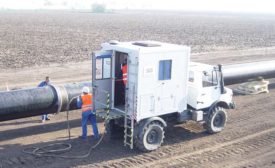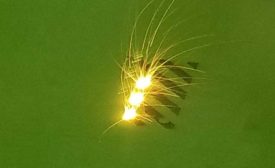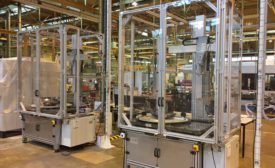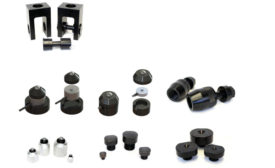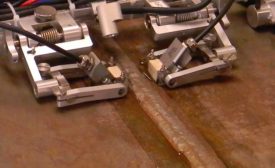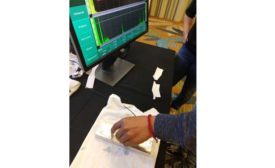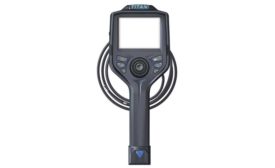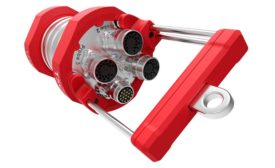Home » nondestructive testing
Articles Tagged with ''nondestructive testing''
The quality of the training in NDT is critical in the development of competent technicians.
Read More
NDT in Aerospace
Additive Manufacturing and the Inspection Processes
It is an exciting time to be in additive manufacturing.
July 8, 2019
NDT in Aerospace
Automated Eddy Current Testing Solution for Aero-engine Discs
Eddy current testing is a crucial part of quality control.
July 8, 2019
Web Exclusive
Recommended Compression and Tension Adapters for Force Calibration
July 3, 2019
Ultrasonic Techniques for High Temperature Hydrogen Attack
Well-trained NDT technicians using the right combination of ultrasonic techniques can improve plant reliability and worker safety.
June 8, 2019
NDT Data for Process Control and Monitoring
Most advanced NDT methods have several different options for data output.
June 8, 2019
Promoting Nondestructive Testing to the Next Generation
It is up to NDT practitioners to spread the word about this important industry..
June 3, 2019
NDT and Industry 4.0
How Industry 4.0 is affecting NDT in manufacturing, and a brief look into different technologies that affect NDT.
April 1, 2019
Stay in the know with Quality’s comprehensive coverage of
the manufacturing and metrology industries.
eNewsletter | Website | eMagazine
JOIN TODAY!Copyright ©2024. All Rights Reserved BNP Media.
Design, CMS, Hosting & Web Development :: ePublishing
